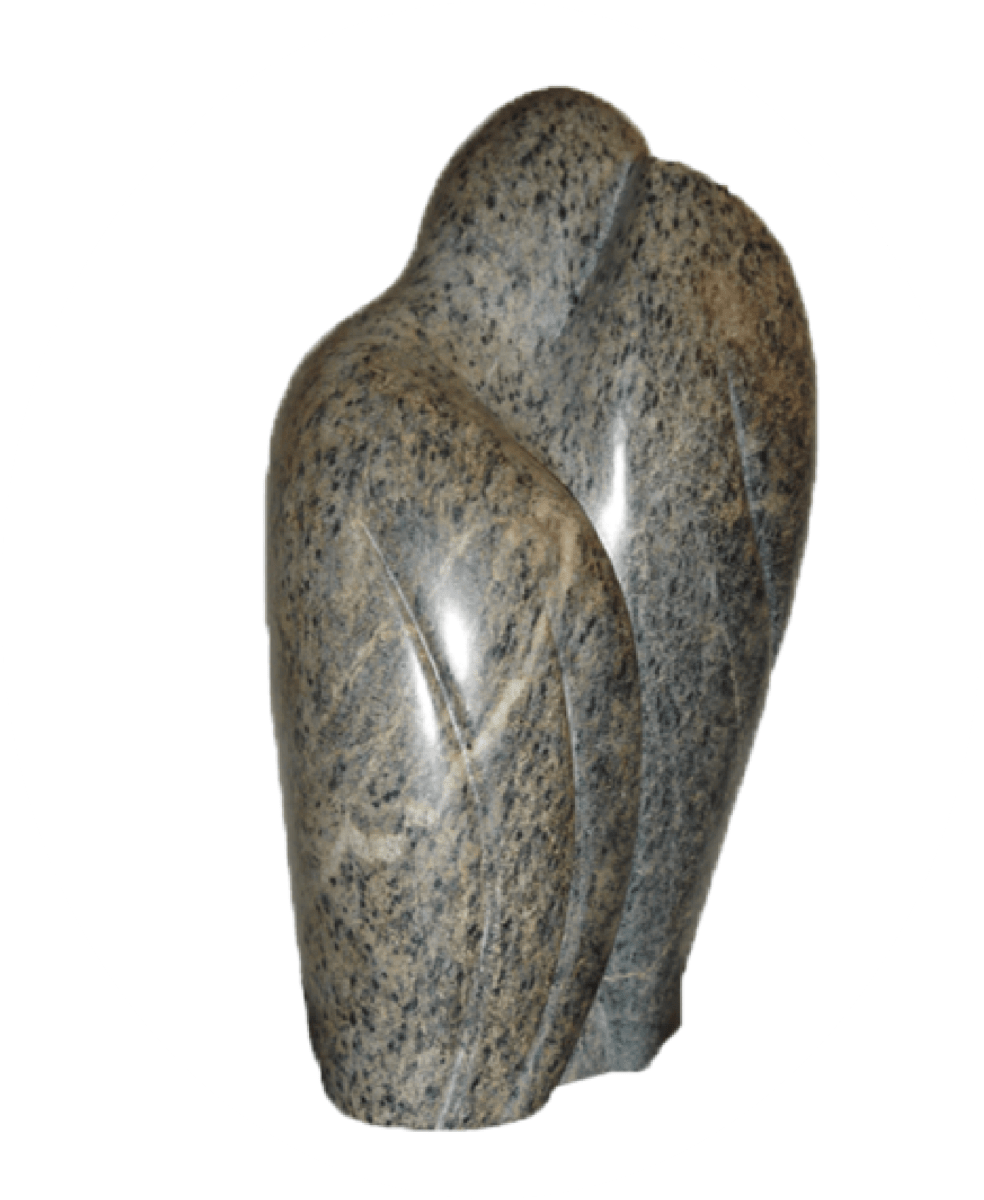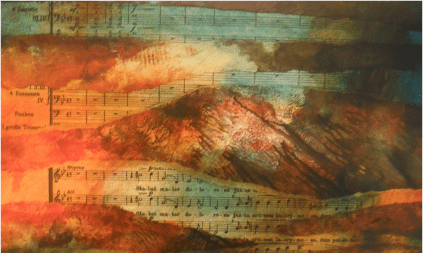Luigi Boccherini
About the composer
Luigi Boccherini (1743-1805) was born in Lucca in Tuscany, Italy. He was a master on the cello. He composed more than 250 works of chamber music for strings (trios, quartets, quintets) en is regarded as the “inventor” of the string quintet. In 1768 he moved from Italy to Madrid, where he entered the service of Prince Don Luis, the youngest brother of the King of Spain. Boccherini’s music has its own style: pre-classical, but with clearly Spanish influences. However, this is not true for his vocal output: concert-arias as well as the Stabat Mater. In these he stayed true to the Italian style of singing.
About the Stabat Mater
| Date: | 1781 |
| Performers: | Soprano, strings |
| Length: | 38.59 minutes |
| Particulars: | This Stabat Mater is divided into 11 parts, varying from 1 to 3 stanzas, with an opera-like sound. The "arias" contain a lot of coloratura. The cello player Boccherini clearly could not refrain from using a solo cello as accompaniment to some of the stanzas. |
| Textual variations: | The text according to the "Analecta" is used, with the exception of line 2 of stanza 16: not "Passionis eius sortem" but "Passionis fac consortem" |
| Colour bar: |
Information about the recording
| CD1: | Erato 2292-45425-2: Boccherini, Stabat Mater |
| More info: | Recorded at the Palazzo Giusti, Padoue, November 1988 |
| Orchestra: | I Solisti Veneti |
| Conductor: | Claudio Scimone |
| Soloists: | Cecilia Gasdia, soprano |
| Other works: | Recitativo e Aria "Ah no! Son io che parlo" |
| Code: | 1998 (BOC 01) |
| CD2: | HAUD 130305: Boccherini and Pärt KRO – Stabat Mater Foundation |
| More info: | Live registration of the performance in Oirschot in March 2005 |
| Orchestra: | Schiermonnikoog Festival Ensemble |
| Soloists: | Ilse Eerens, soprano |
| Other works: | Arvo Pärt, Stabat Mater |
| Code: | 2006 BOC-03 |
Listen
About the Stabat Mater
| Date: | 1800 (Opus 61) |
| Performers: | Soprano, Alto, Tenor, strings |
| Length: | 49.23 minutes |
| Particulars: | In this revised Stabat (Opus 61, 1800), to avoid the monotony of the single voice (as he wrote himself), three singers are used, accompanied by five strings. The division in parts is less clear here (Boccherini gives 14 tempo indications), so in my graphic representation I use the division in tracks of the CD. The work has been given a 4 minute musical introduction, for which Boccherini used the Allegro of his second symphony. |
| Textual variations: | The text according to the "Analecta" is used, with the exception of line 2 of stanza 16: not "Passionis eius sortem" but "Passionis fac consortem" |
| Colour bar: |
Information about the recording
| CD: | Arion ARN 68164: Boccherini, Stabat Mater op.61 |
| More info: | From the copyright one could conclude that the work was recorded in 1979. |
| Orchestra: | Ensemble Instrumental La Follia |
| Conductor: | Miguel de la Fuente |
| Soloists: | Tamara Hert, soprano |
| Code: | 1999 (BOC 02) |






